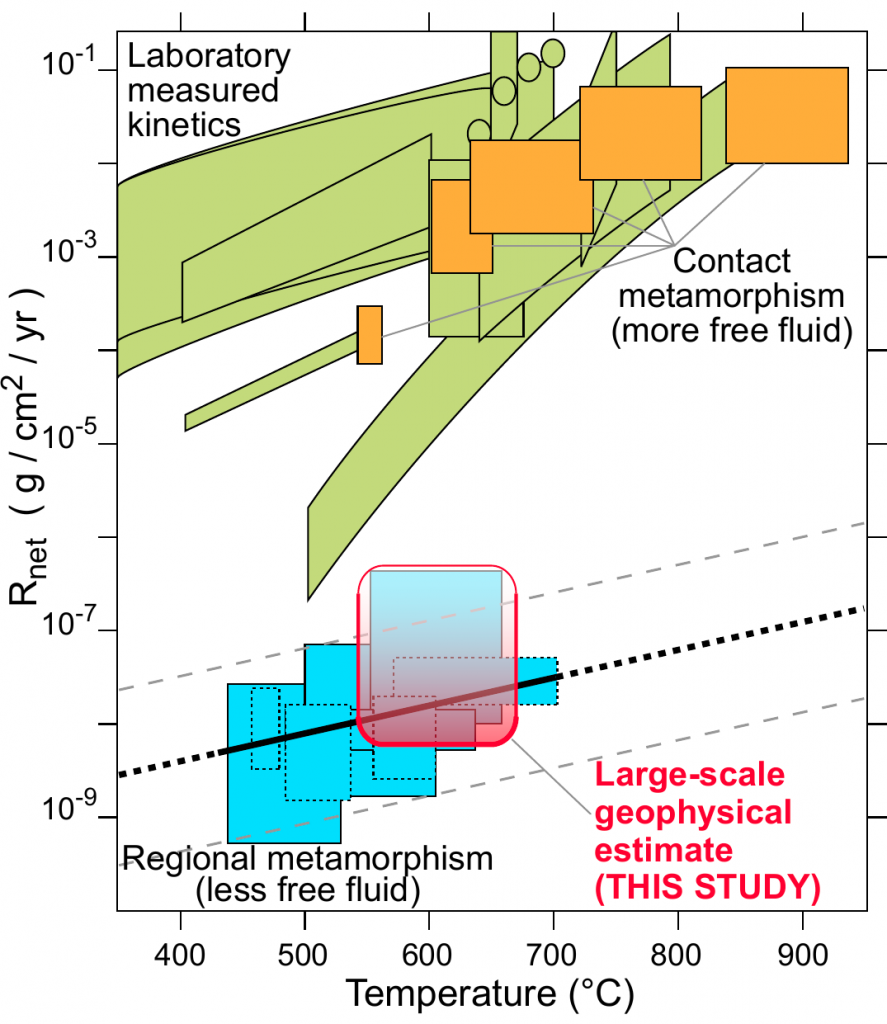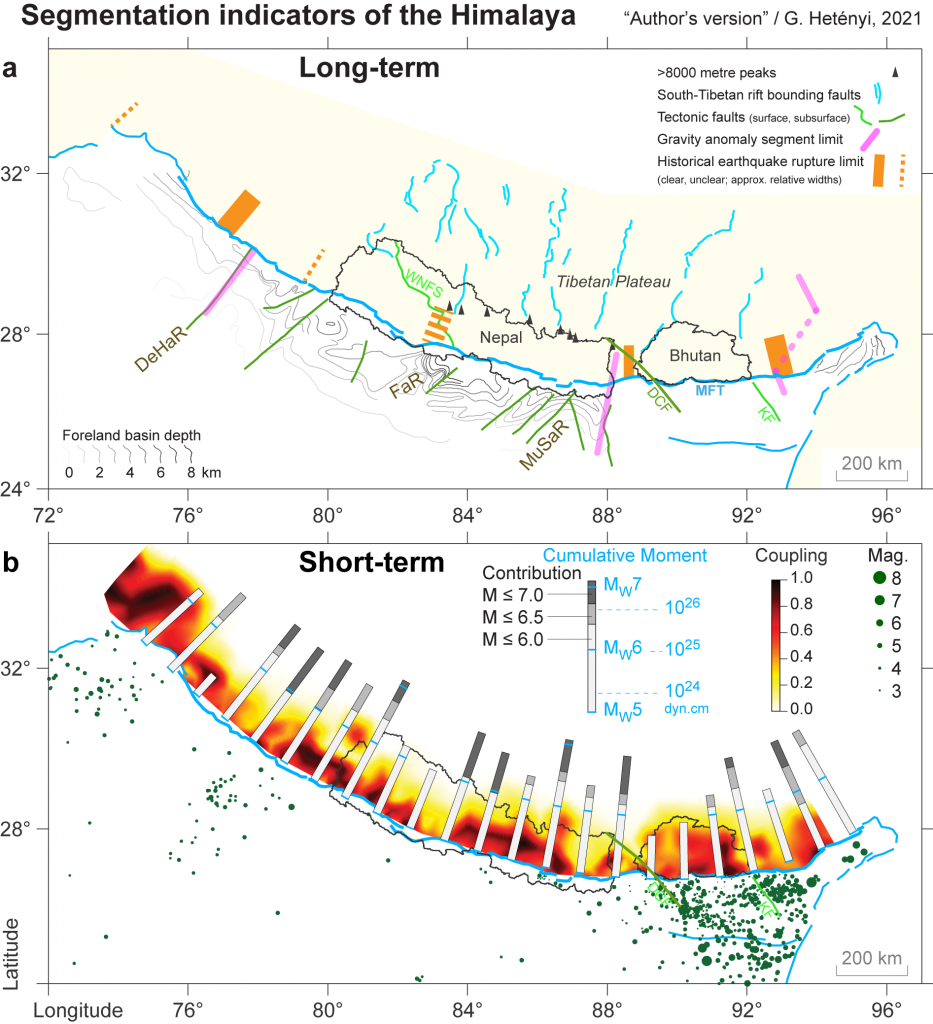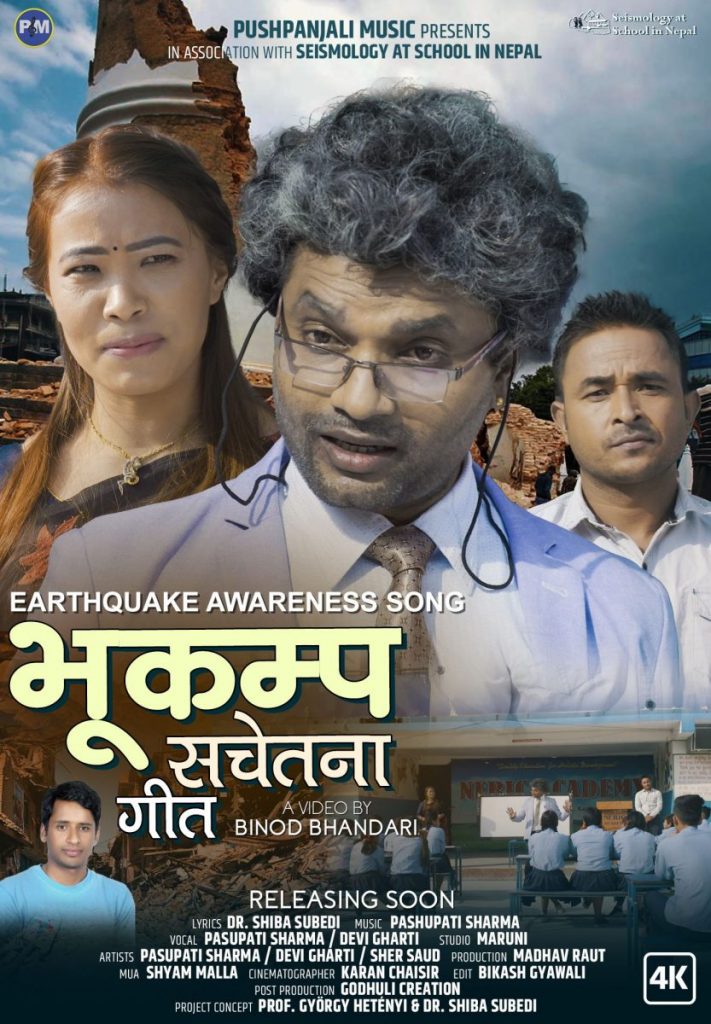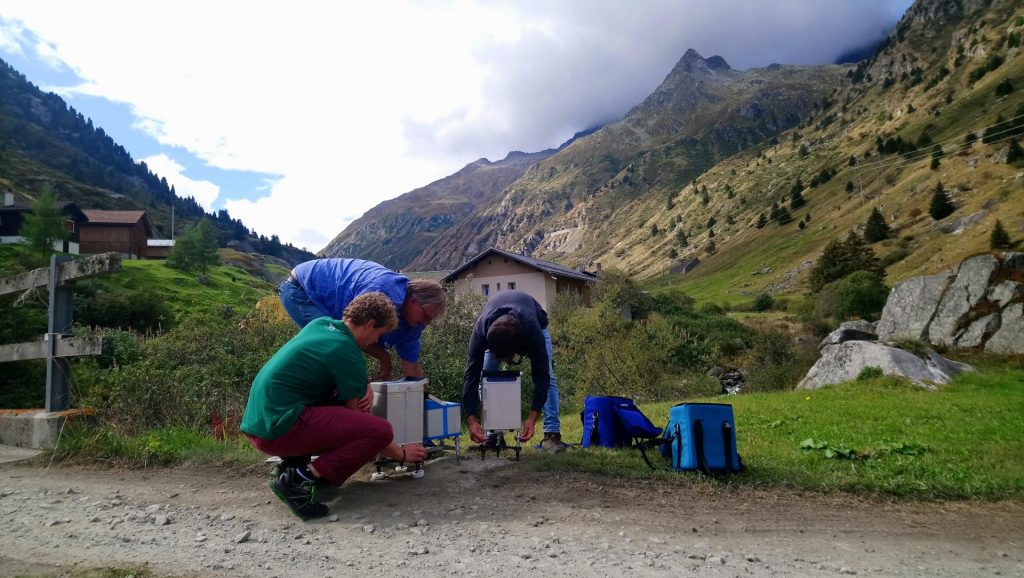The overall rate at which rocks transform to other rocks under high pressure and temperature (metamorphism) is classically constrained from analysing samples that fit in one’s hand, or even smaller scales (for example powder). Our most recent paper presents a coupled geophysical-petrological model constrained by field data, showing that the apparent rate of transformation in the lower crust beneath the Himalayas fits very well the small-scale estimates. This is the first estimate over long time‐ and large spatial scales, demonstrating that regional metamorphic rates can be realistically upscaled for geodynamic modelling. Full details in this open access paper – the graphical abstract is here below.







